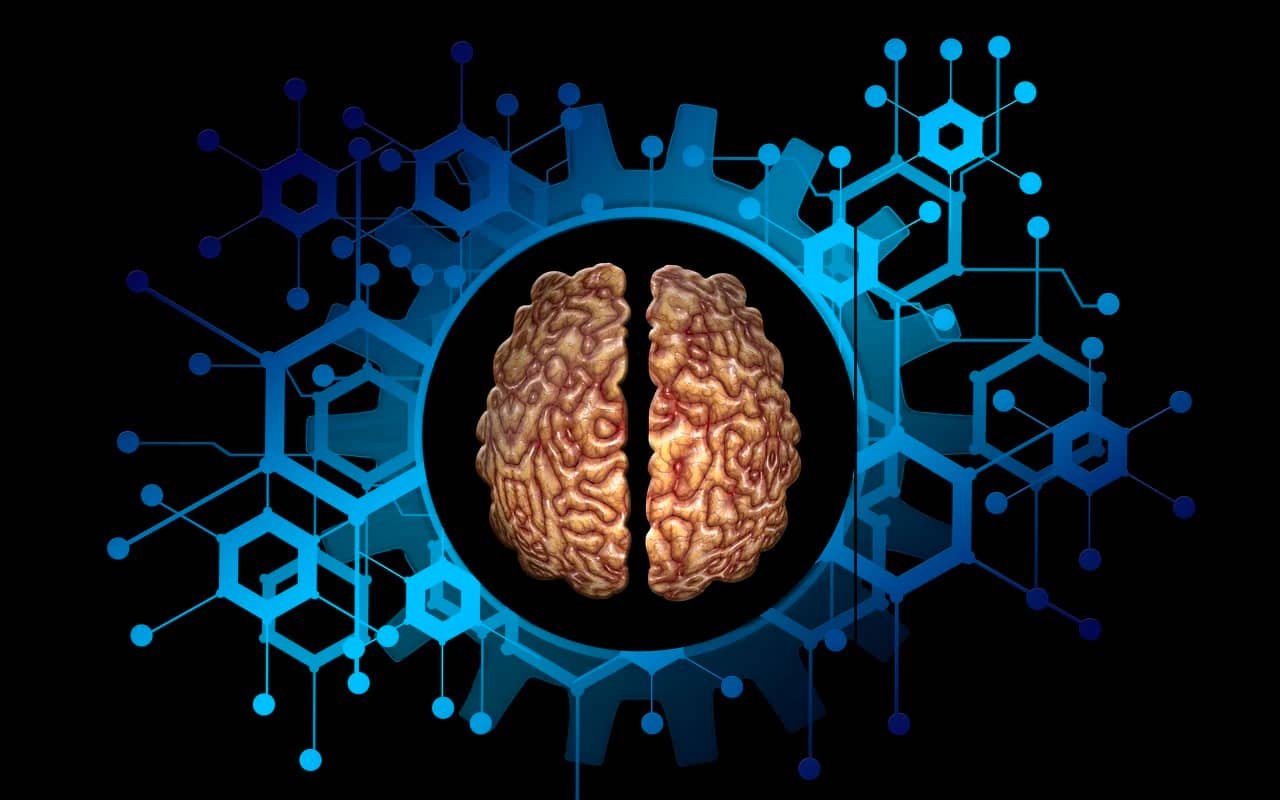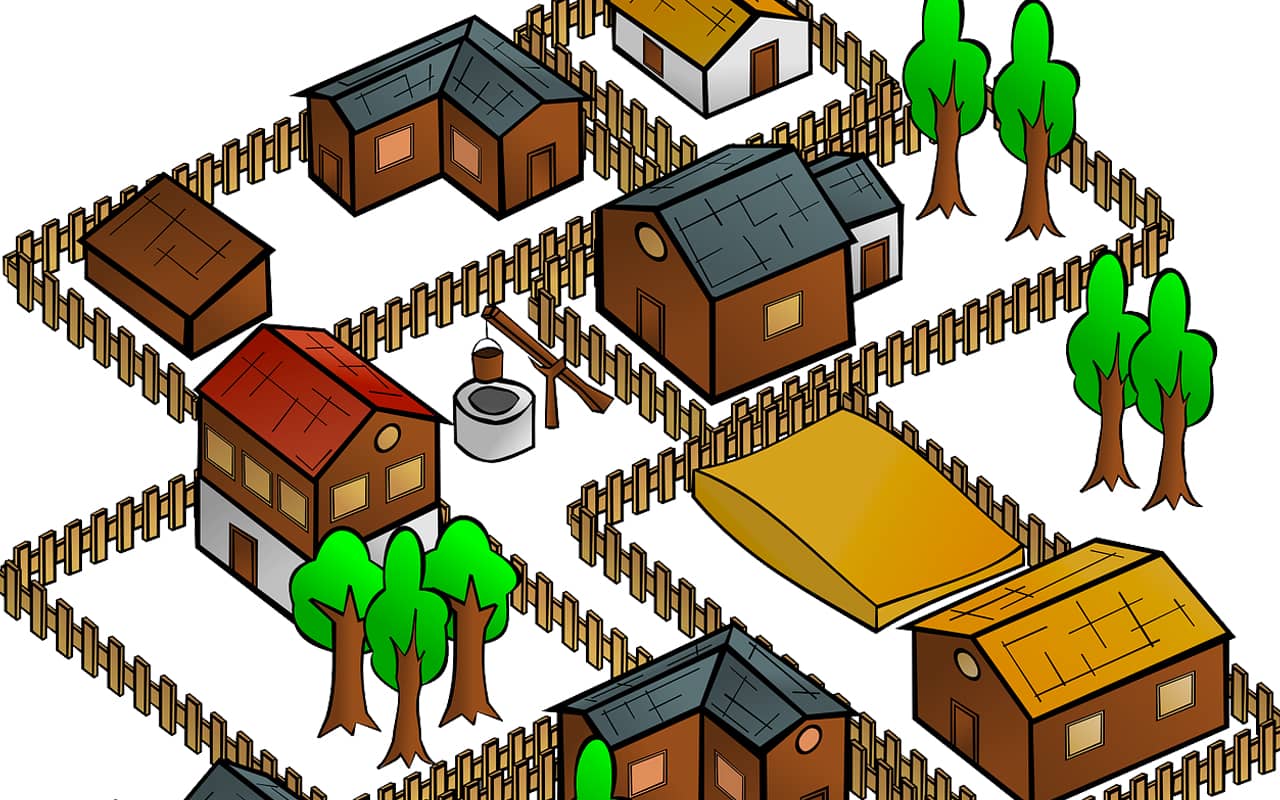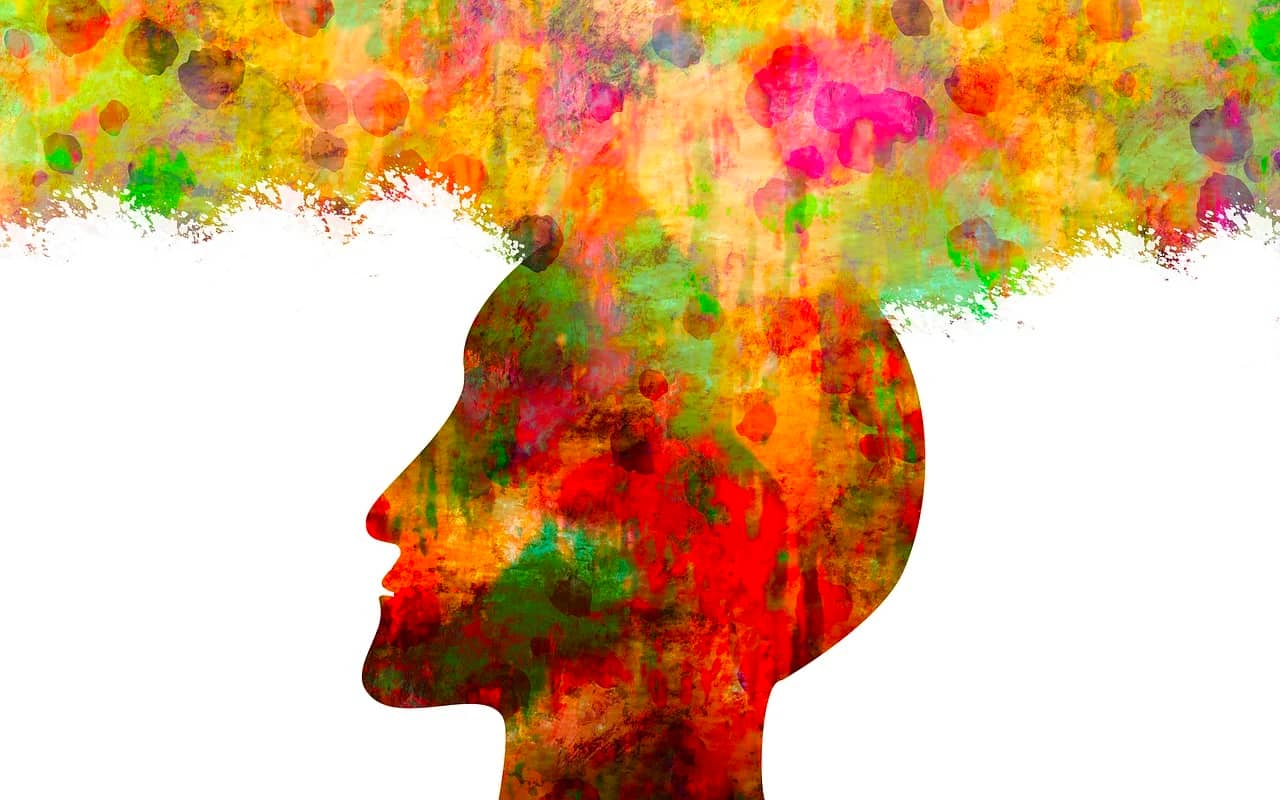Podcast: Download
Subscribe: Apple Podcasts | RSS
 Have you heard the hype about active recall, but still feel skeptical?
Have you heard the hype about active recall, but still feel skeptical?
Or maybe you’ve heard the latest “learning guru” say that this recall method is better than the Memory Palace technique.
If that statement has gotten your hackles up, I can’t blame you.
After all, the Memory Palace, when used correctly, is active recall and self testing all rolled into one.
So where does the confusion come from?
Should you use Anki instead of one of the ancient memory techniques?
Are there exercises for improving active recall?
Well, if you want information to “stick” permanently, then stick around. We’ll get into the answers to these questions in-depth on this page.
What Is Active Recall?
Here’s the best scientific definition I’ve found so far:
Active recall is a personalized recall strategy that involves variety.
In other words, spaced repetition software might help you use active recall. But it can only help you and pales in comparison to what personalization with variety can do for you.
And that’s where the memory techniques taught on this blog come in.
Here’s what I mean with an example:
This morning I learned 态度 (tàidu). It’s Mandarin for “attitude” or “manner.”
To use active recall and spaced repetition to rapidly place the sound and meaning of this word into my long term memory, I followed these steps:
- Memory Palace
- Elaborative encoding
- Revisiting the Memory Palace
- Elaborative decoding
- Speaking practice in a sentence
- Writing
- Reading
- Listening
Technically, the “active recall” part happens only during the attempt to recall the information.
However, we know from memory athletes like Boris Konrad, that active recall is a lot easier when you use personal associations to “encode” information. He’s a neuroscientist too, so his views are very valuable.
If you have difficulties with coming up with associations, consider learning how to image stream the Magnetic Memory Method way.
Retrieval Practice
Another way of looking at the recall part is to use the term “retrieval practice.” When I recall the association I made in the Memory Palace for this word, I’m practicing one level of retrieval. Speaking and writing the word are other levels. Pulling up the meaning when hearing the word through listening is yet another level.
The reason retrieval practice at multiple levels helps your brain form memories faster is simple. The more levels of recall you engage, the faster your brain makes multiple connections.
This has been called the “levels of processing model” and works for just about everyone. People with schizophrenia may struggle, however, no matter how much active recall they perform.
Does Active Recall Really Work?
In a word:
Yes.
The real question is:
Are you doing it?
And if you’re doing it, are you doing it in a deep or shallow way?
If you’re using Anki or some other flashcard app and not using elaborative encoding, then that is a passive and shallow way to engage with what you’re learning.
But if you at least make personalized associations for each and every piece of information, your recall rates will soar.

(Side note: There is a place for passive memory training, and it is shared by Dr. Gary Small. It’s very powerful for its intended purpose.)
Why Active Recall Works In Any Language
One of the key researchers to know about is Dr. Richard Atkinson. He has shown 88% retention rates for those who use elaborative encoding. That’s compared to 28% recall for those who don’t.
Here’s more on retaining information efficiently.
You can also learn more about why features of human language make this process work, and see it reproduced for students with different mother tongues. For example, Dr. Horst Sperber has reproduced these research findings for German speakers with ease.
In other words, the language you speak doesn’t matter. It’s your strategy with this recall method that makes all the difference.
So the question isn’t really whether or not these techniques work. The question is:
How do you make sure you are always using active recall in a deep way?
7 Passive Study Techniques for Active Recall
The trick is to learn how to encode quickly, place the associations you make into Memory Palaces and then remember to decode using active recall.
Luckily, all of this can be “automated” through habit formation.
Step One: Have Your “Palette” Prepared
The first habit to develop is having enough Memory Palaces and then thinking of them as you learn.
To get started with this, make sure you have enough of them. My free course will help you:
When I’m encoding, it takes just a second to think of the Memory Palace for a word like 态度 (tàidu).
Since its core meaning is “attitude,” I thought about a lecture hall where I’d seen Margaret Atwood give a lecture.
Attitude and Atwood share a core sound. And if you’ve ever seen her speak, you know that she’s definitely a woman with an interesting attitude about many topics.
Step Two: Have Your Encoding Materials Prepared
A word like 态度 (tàidu) can be broken down into pieces: tài and du.
If you use the Magnetic Memory Method, you’ll have associations ready to go based on the alphabet. I just thought about Attwood wearing a tie made of doodoo.
Here’s more on using a “Magnetic Alphabet” to rapidly encode information:
Step Three: Elaborate All Of Your Associations
Fast associations generally aren’t enough. You need to elaborate on them in a multi-sensory way.
We do this through a process called KAVE COGS. Each of the letters stand for one of the “Magnetic Modes.”
Let me take you through the process with 态度 (tàidu) as an example.
- Kinesthetic: Physically feeling the weight of this tie on Atwood’s neck.
- Auditory: Hearing the sound of her voice having a bad attitude about the situation.
- Visual: Thinking about what the scene looks like.
- Emotional: Experiencing her disgust at having a tie made of doodoo.
- Conceptual: The fact that Atwood is an author is a concept itself, but I add on the idea that her next book is called “Attitude” and is about someone forced to wear a tie made out of doodoo.
- Olfactory: The smell of the tie is all too easy to imagine.
- Gustatory: So is the taste – yuck!
- Spatial: This is where you spend a second thinking about the sizes of things involved in the association. In my imagination, this tie is rather tiny.
With practice, using KAVE COGS should take only seconds.
For a simple exercise, try to remember that a sound like tai (as in Thai food) and du mean attitude in Mandarin Chinese.

Come up with your own multi sensory associations and then after five minutes, see if you can bring each association back to your mind.
Step Four: Purposefully Bring Back The Association
There’s no cookie cutter answer for how to do this.
Memory expert Dominic O’Brien suggests the Rule of Five, but I’ve never found a specific description of how he does it.
Myself, I make sure to just start recalling the information.
- When I’m learning Chinese, I use new words and phrases in conversations with my wife.
- When I’m learning history, I pepper the facts into my writing and conversations.
- I recall in the shower.
- I practice active recall while walking.
- I apply the recall method in a journal I use for testing.
- I keep using active reading to instil the source material of the information.
- I continue listening to relevant audio and visual programs.
- Etc.
The important point is that recall happens in multiple formats and locations. It really helps that some of the active recall takes place out on walks, for example.
Step Five: Use Recall Rehearsal
The absolute best way to use active recall is by following patterns that maximize the primacy and recency effects. These are the laws of memory that help us build mental connections faster and ensure that they last.
This process also harnesses the serial position effect and the Von Restorff Effect.

To use it, you mentally travel in your Memory Palace using different patterns. On each station of the Memory Palace, you use active recall to decode your associations and bring back the target information.
Here are the patterns:
- Beginning to end
- End to beginning
- Middle to end
- Middle to beginning
- Skip the stations
If you keep your Memory Palaces small, or at least segment them, you’ll find this process easy and fun to do. And it’s incredibly effective too.
Step Six: Use Questions
When revisiting the Memory Palaces, exactly how to trigger recall can be a silent process. You can simply bring the location to mind and let the association you created replay.
But sometimes things don’t start up so smoothly.
And that’s where I suggest you learn to use a simple “decoding” question.
What was happening there?
If this question doesn’t help you start recalling the information, then you can start self testing using KAVE COGS.
- What was the kinesthetic association I made?
- What was the auditory association?
- What was the visual association?
- Etc.
Usually, you won’t have to ask many of these questions. And the questions are a great “cheat detector” that expose when you’ve tried to take shortcuts by not using all of the Magnetic Modes built into KAVE COGS.
When that happens, just add them in. This will probably fix the problem and improve your rate of recall quickly.
Step Seven: Develop More Advanced Approaches
As you develop with these skills, you’ll want to be able to encode while reading.
Usually, I extract the information from books I’m studying onto cards. I taught this process in How to Memorize a Textbook.
But if you want to practice a skill that releases you from this, you can turn each page into a mini-Memory Palace on its own.
You can do this by developing a 00-99 PAO, which is a variation on the pegword method.
Let’s say that you encounter a fact. For example, I’m currently reading Adam Zamoyski’s Napoleon: The Man Behind the Myth.
To remember that Napoleon was born in Corsica, I use 09 because it’s on page 9 that I encounter this fact.
My image for 09 is Brad Zupp driving a Saab. To elaborate this image to recall “Corsica” I imagine him throwing an apple core about the window. I place this image not in a traditional Memory Palace, but at the top of the page.
Later, when I want to remember that Napoleon was born in 1769 and died in Longwood in 1821, I can add these facts to the middle and the bottom of the page.

Then, when performing active recall, I have page 9 to easily refer back to as the “palette” where I “painted” the associations.
Although this technique is a bit more advanced, it does not mean you can skip Recall Rehearsal. You just wind up using it a different way as you mentally revisit the pages of the books and your associations in them.
Why Mastering Active Recall Is A Must
As we’ve seen, the Memory Palace technique is a great way to use Active Recall.
To call it an alternative to flash cards and spaced repetition software would be a mistake.
Or better said, it’s the other way around. Leitner boxes, Anki, Quizlet and other programs are the modern alternatives to this ancient technique.
But do they work as well?
They certainly can, provided you engage deeply with the elaborative encoding steps I’ve shared with you today. However, I’m confident you’ll find they work even better if you strengthen your spatial memory using the Memory Palace technique.
In sum, here’s the takeaway to remember:
Active recall studying throughout the day is totally possible. You just need to set up your memory systems.
But it’s technically not to be called “active recall” if you’re not making highly personal associations that help you recall.
And you need to be reading, writing, speaking and listening in ample doses to make sure you’re actively recalling through multiple channels of your mind.
So what do you say? Are you ready to approach active recall and spaced repetition in a new way?
Related Posts
- 7 Active Reading Strategies That Help You Remember More
Active reading strategies are often poorly misunderstood or lacking. Get these 7 active reading activities…
- Memory Recall and Retrieval: The Definitive Guide
Memory recall involves at least 3 stages of memory. Learn the difference between recall and…
- 3 Blazing Fast Ways To Increase Memory Retention
Memory retention... what the heck is it? Is it worth worrying about? If so, can…







2 Responses
This was a neat read on active recall. In today’s society, we are bombarded with information and new stuff to remember. I love when you explained how associating a new piece of information with a “memory palace”. That way, it becomes easier to recall and remember. Very neat! –Ryan
Thanks, Ryan.
We are indeed overloaded, more now than every before.
Making sure that active recall is part of how we use the Memory Palace technique is the key. Without it, this ancient mnemonic device isn’t nearly as useful.